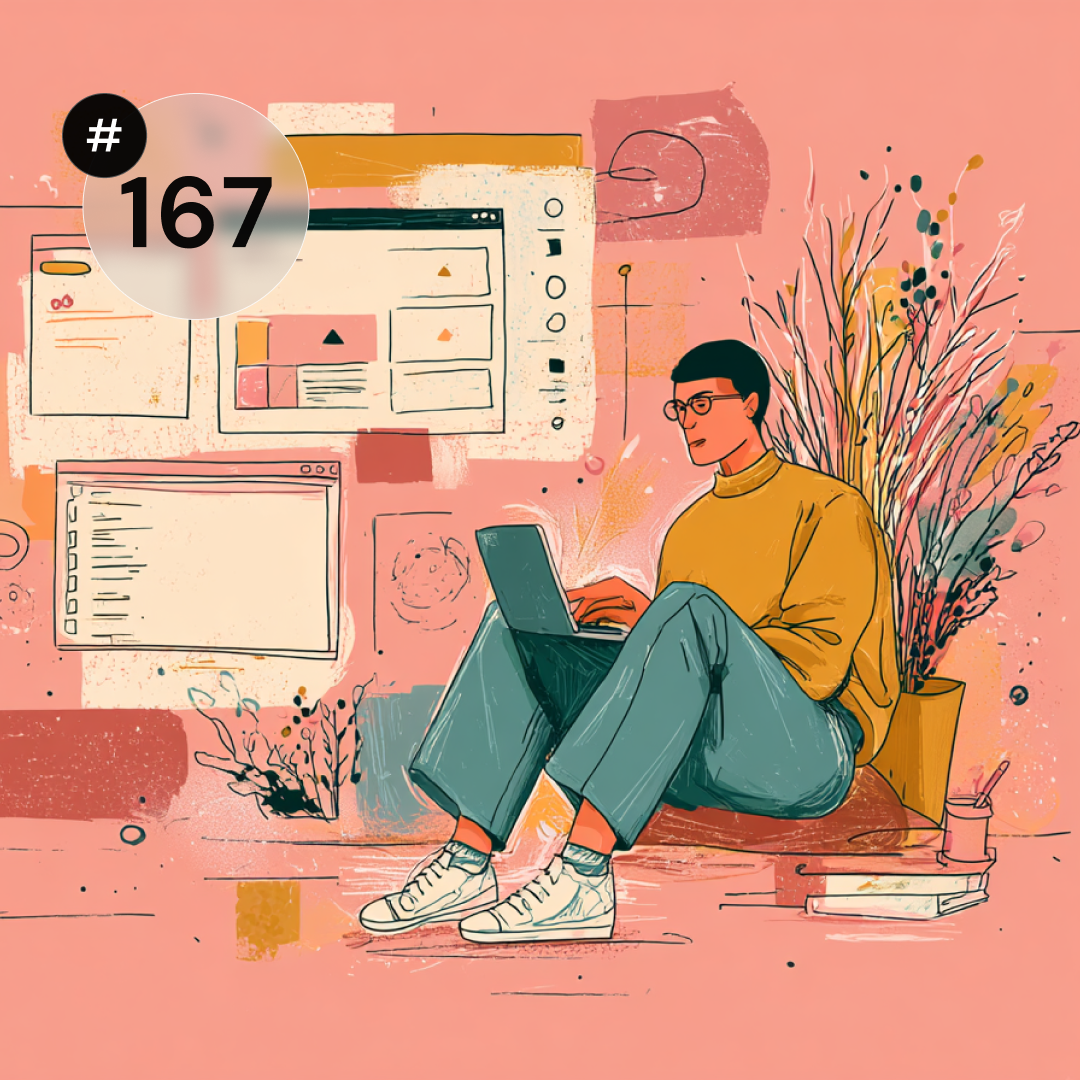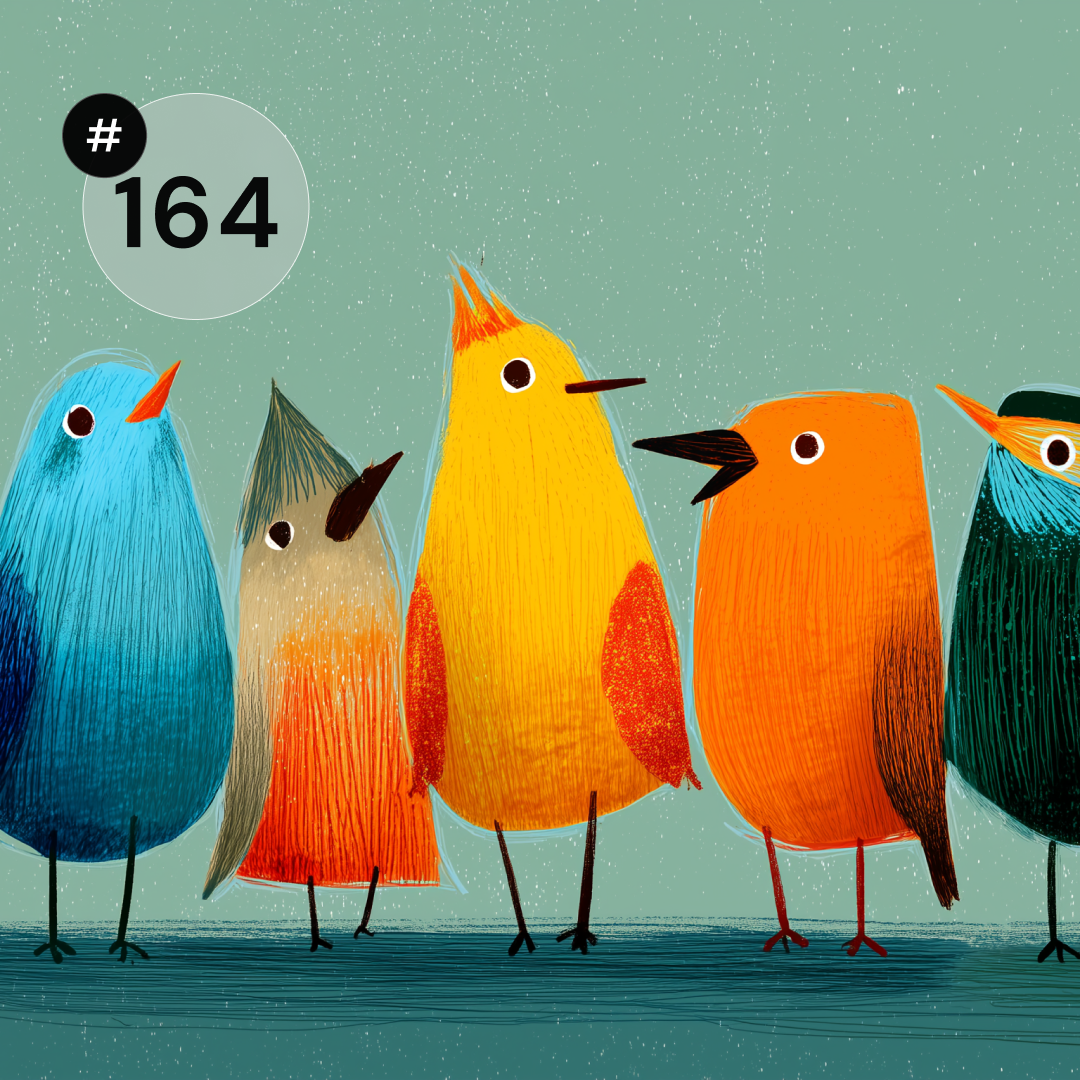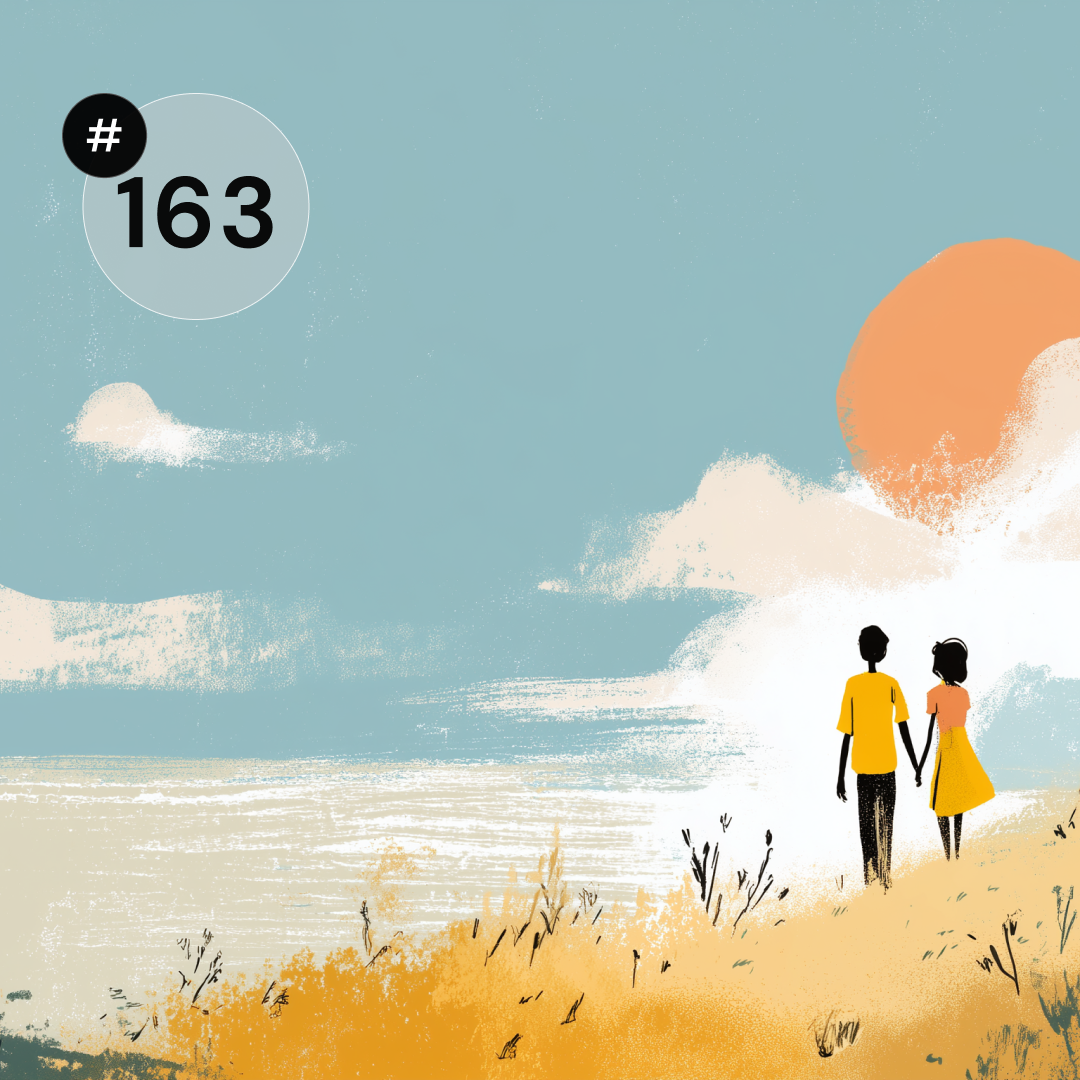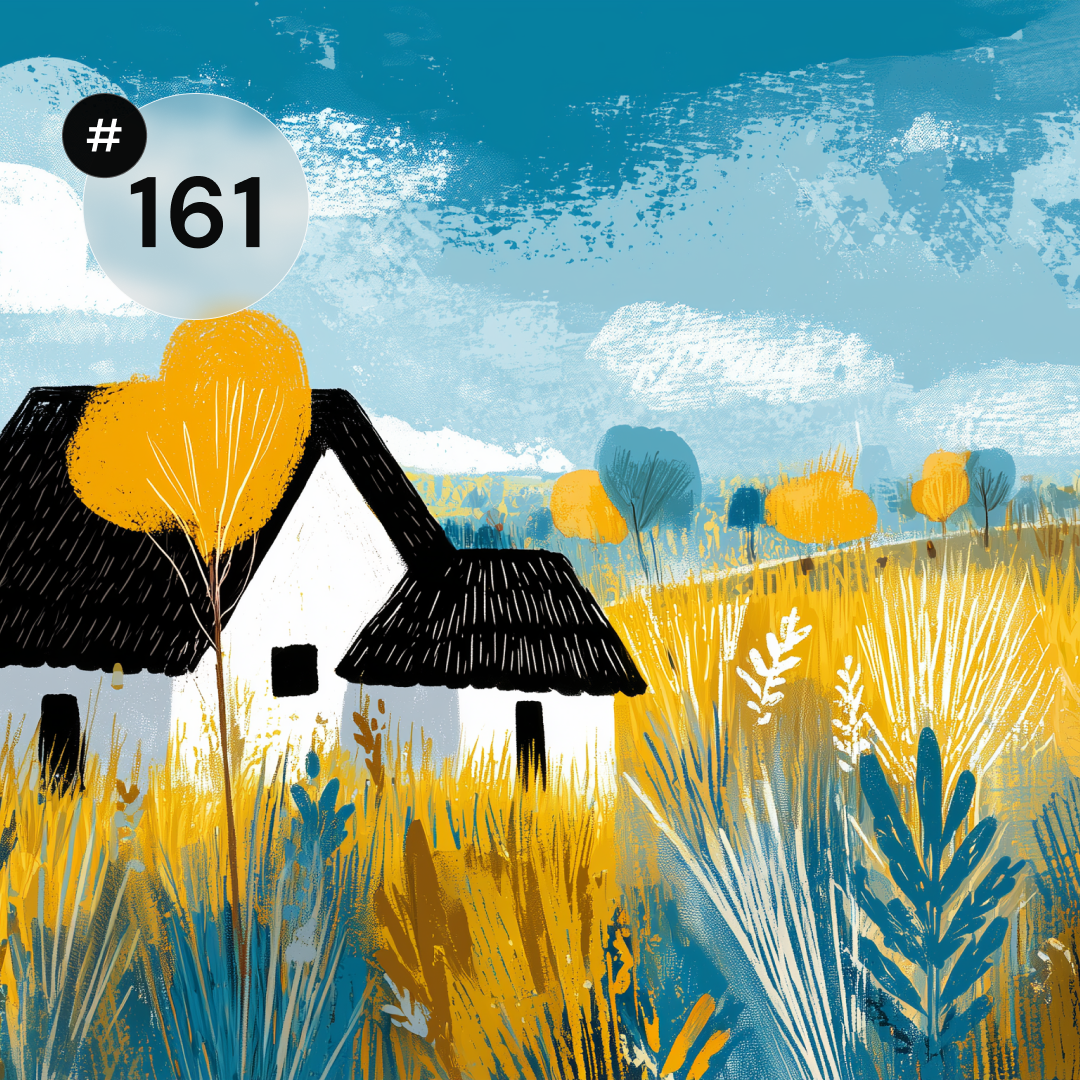The designer in his work is sometimes faced with a difficult challenge in the form of choosing the ideal work tool. One in which he will move efficiently himself, but also one in which his customers will find themselves. New tools have been created and continue to be created on the market, the creators of which are constantly trying to respond to the needs of the creator. We want to present you a list of basic programs used by UX and UI designers.
Axure
Axure is one of the most popular and oldest tools for creating interactive prototypes of websites and applications. It allows you to create both a simple, schematic sketch of the interface and a fully interactive prototype, with great capabilities, intended for usability studies with users.
Application:
- Creating a visual layer for ideas in the early stages of a project
- Creating complex prototypes (high-fidelity)
- Designing simple mockups (low-fidelity)
- Drawing Diagrams
Hot Jar
Hotjar is a toolkit for designers, analysts and marketers. The individual functionalities of the package are grouped into two collections — useful in analytics (analisi) and to provide feedback from users (feedbacks).
Application:
- Heat maps (heatmaps) — the basic, most commonly used package tool. Views representing the individual subpages that are analyzed are overlaid with visual analytics that depict the behavior of users in a given location. Scrolling is monitored (Scrolling) subpages, placement of clicks, and cursor movement. The knowledge gained can be used by defining the weak points of a given page or by planning the placement of key interface elements (including CTA buttons).
- Registration of user sessions — HotJar also allows you to record the cursor movements of an individual user during a session on our website. Watching a series of recordings often allows you to verify previously made research hypotheses.
- Sales funnels — the tool allows you to detect the critical places where the most users flee during the purchase process (or other subject to analysis). Thanks to such an analysis, it is possible to quickly define which of the subpages require even more work and should be corrected in the first place, since their current state hinders the achievement of business objectives.
- Form analytics — when you enable analysis on the form subpage, the system carefully monitors the behavior of users within it. Thanks to this, you can then determine the rate of people who started filling out the form but did not finish it (and specify the fields that cause the filling process to stop) and check what is the average time of filling out the form, etc.
- Short polls for voting (Polls) — the tool allows you to display on the survey page. The question (s) can be asked in open or closed form. For modules with a survey, you can define the conditions when they are to be displayed (e.g. after 30 seconds or when you try to exit the page).
- Long surveys (Surveys) — for those who want to obtain qualitative data HotJar has introduced the possibility of preparing extended surveys for users of a given website.
- Recruitment for research — a simple tool that allows you to display a form on the site in order to get a research group for the test sessions (or other research) being prepared.
Morae
Morae is a versatile application for planning, conducting and analyzing research with users. UX professionals most often use Morae to conduct usability research when creating or re-designing websites and applications. The researcher first sets the parameters, depending on the purpose of the study, this can be, for example, to test a new navigation.
Application:
- conducting usability studies with users
- Conducting focus groups
- recording screen, audio and video from the camera and microphone during tests
- recording sessions on mobile devices through a camera connected to a computer;
- remote viewing of research sessions
- creation of research reports
Optimal Workshop
Optimal Workshop is a set of tools for designing and optimizing the User Experience of websites.
Application:
- validation of information architecture (answers questions about where users get lost and why)
- creating and designing studies based on card sorting
- conducting a study to see what is most interesting to the user in a given view
- collection of qualitative research results
- design, conduct and analysis of the results of questionnaire surveys
Sketch
Sketch is a program for creating and processing vector graphics, developed by the Dutch company Bohemian Coding. Sketch is often used by UX and UI professionals as a tool for creating application interfaces and websites. The application is well known and often used in the UX industry due to its ease of use and a wide range of add-ons, created by an active community of users, which further expand the capabilities of the program.
Application:
- Creating individual interface elements
- Creating icons
- Digital Sketches
- Moodboards
- Graphic presentations
XMind
Application for creating linkage maps. From the perspective of UX projects, its primary use is usually the creation of information architecture of designed interfaces and process diagrams (use cases).
Application:
- creating an information architecture
- creating process schematics
- creating so-called mind maps (mind-mappen)
XSort
XSort is a tool for conducting and analyzing card sorting studies with users. The program allows the researcher to perform card sorting with the studied user on a single computer. The researcher establishes the objectives and characteristics of the study, including whether the study will be an open or closed card sorting. The user then adds and arranges tabs on the “virtual table” using the mouse and keyboard. xSort does not limit data analysis to research sessions from within the program. In the application, the researcher also has the possibility to interpret the results and analyze external studies, for example those that were carried out with cardboard boxes.
Application:
- sorting cards with users
- analysis of studies performed using XSort
- analysis of external research (e.g. on paper)
- creation of research reports
- dendrogram generation












